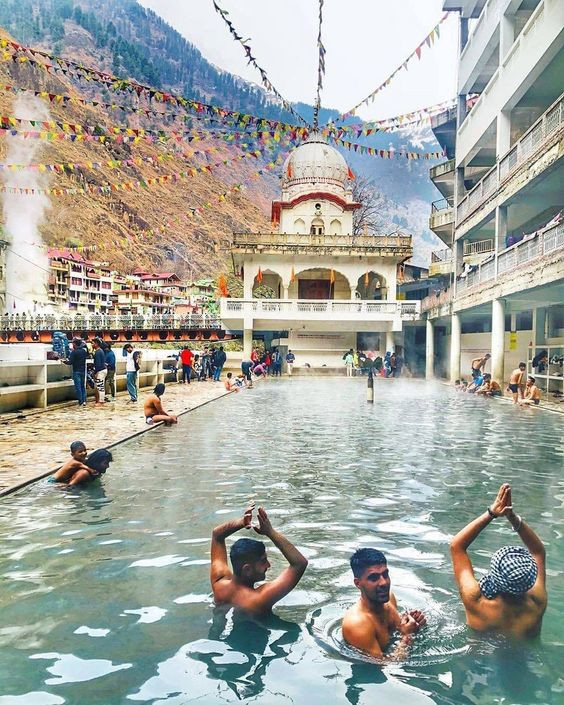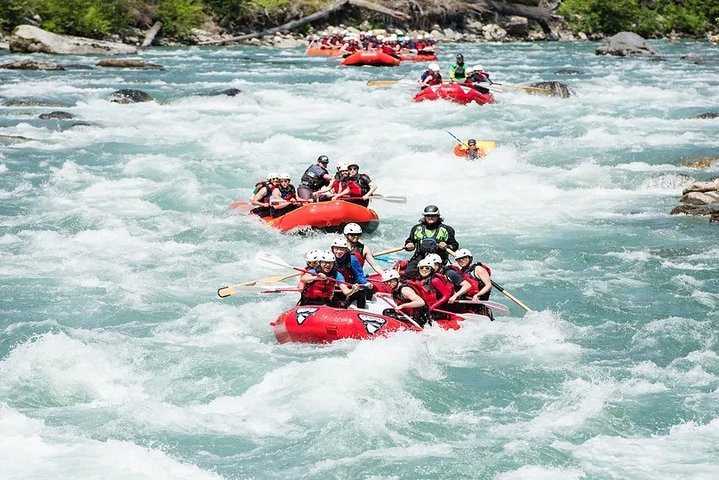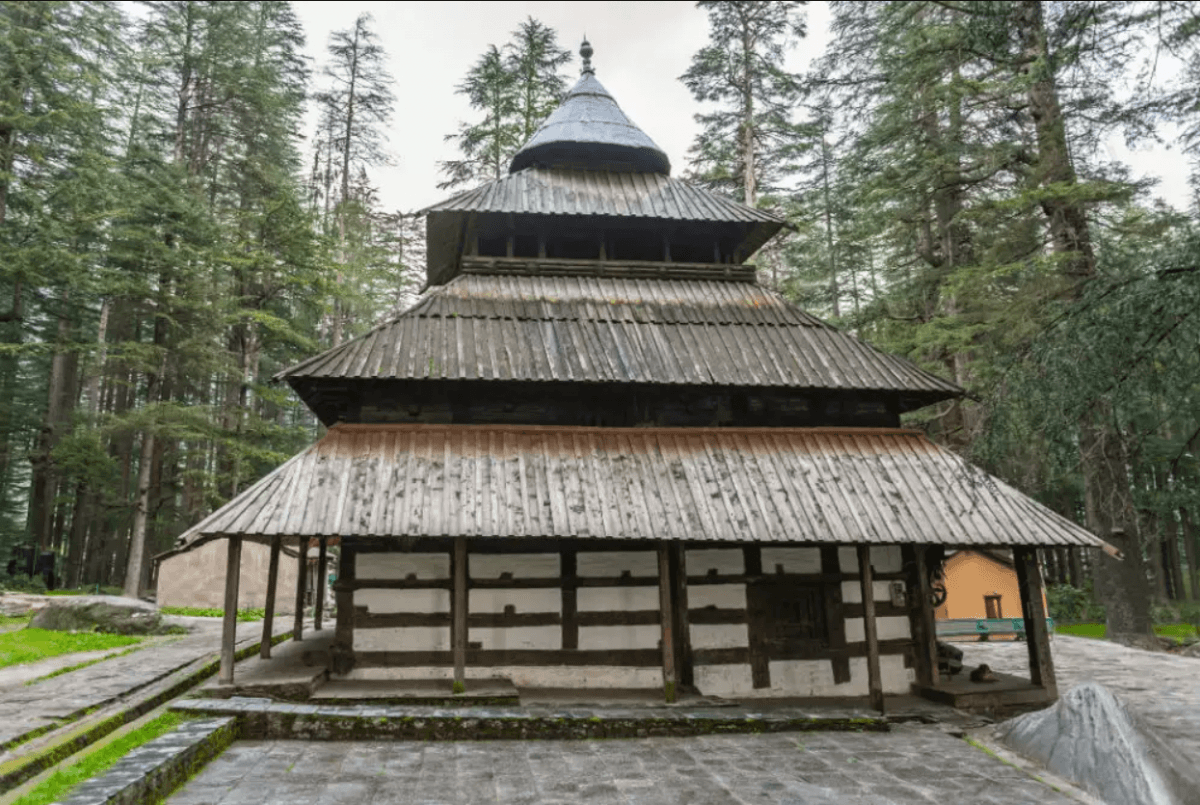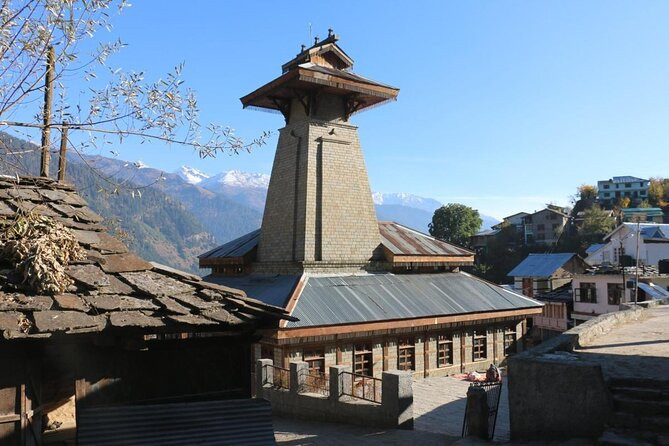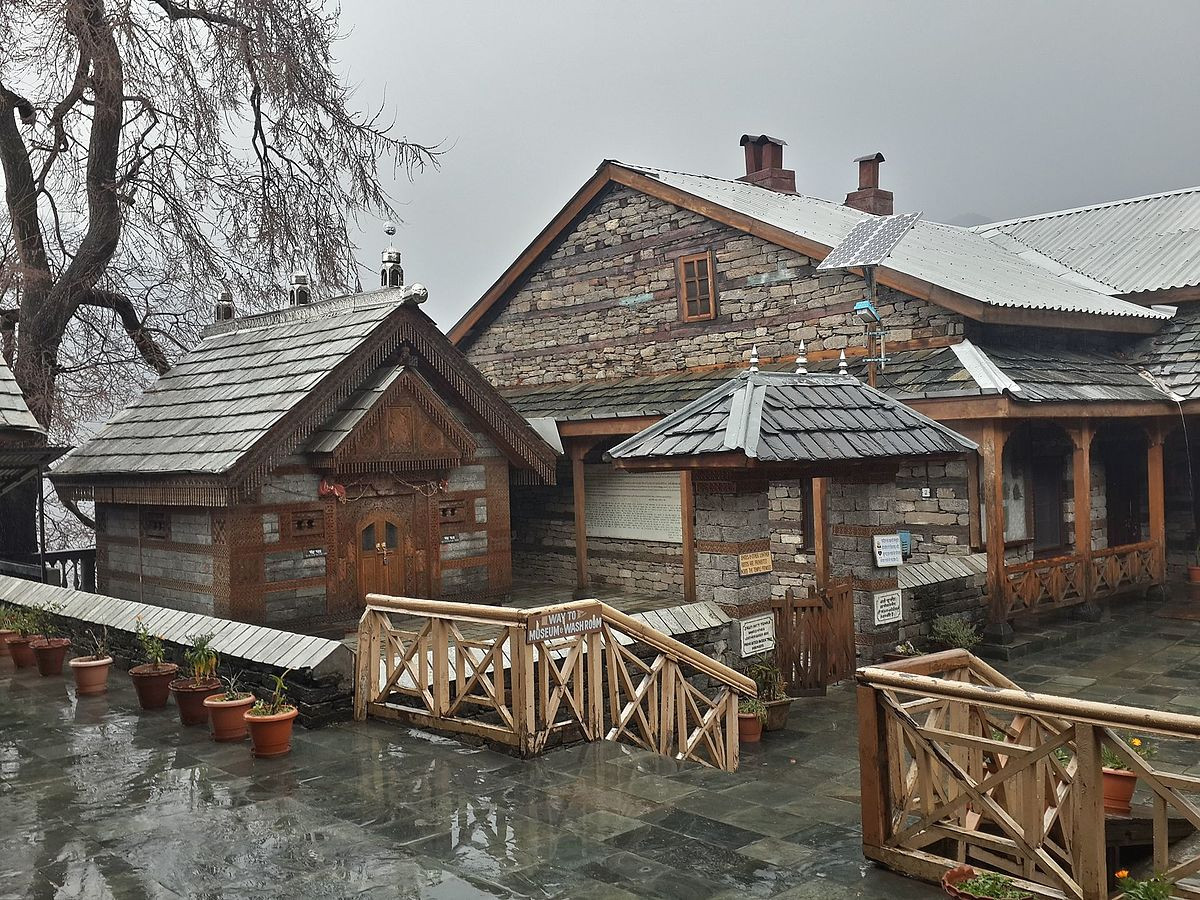Experiences
Tours, Treks and Adventure Activities in and around Kullu Valley.

Kheerganga Trek
Kheerganga Trek, located at a height of about 2950 m, is one of the most well-known trekking destinations in Himachal Pradesh. It is a short, easy trek that even beginners can undertake. The total distance covered during the trek is 24 km and the terrain remains a gentle incline or decline throughout, though it does get relatively steeper in certain parts. It can be covered in 1-2 days easily.
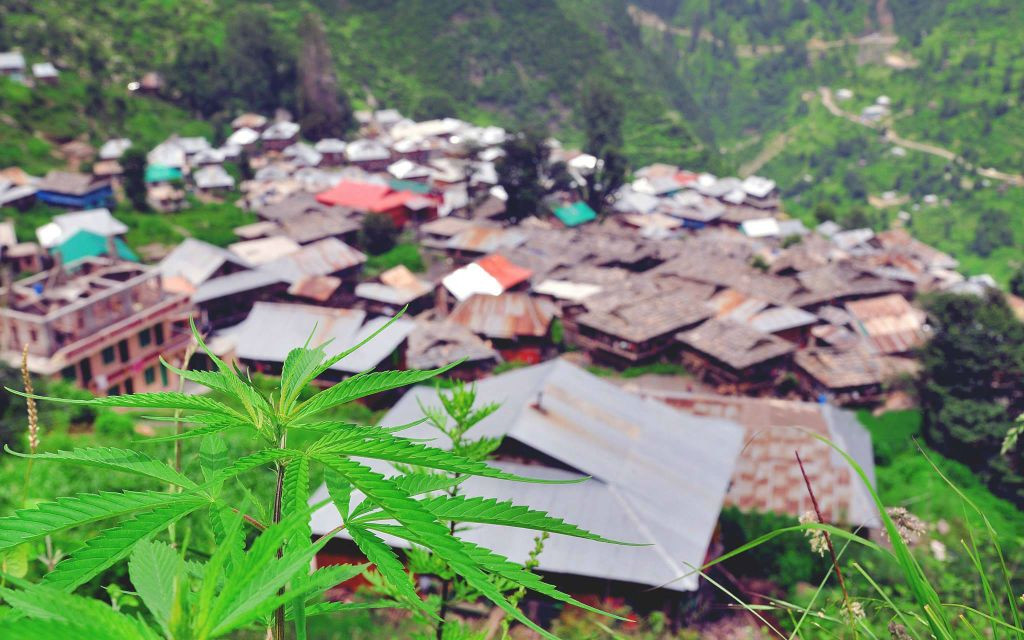
Malana Village
Mysterious village Malana, known as the oldest democracy of the world, remained hidden from the world for centuries. But, trekkers explored the village and tourists started reaching the village. A road was built towards Malana a few years back. Still, you need to walk for 1 to 2 hours (uphill climb/moderate) to reach the village.
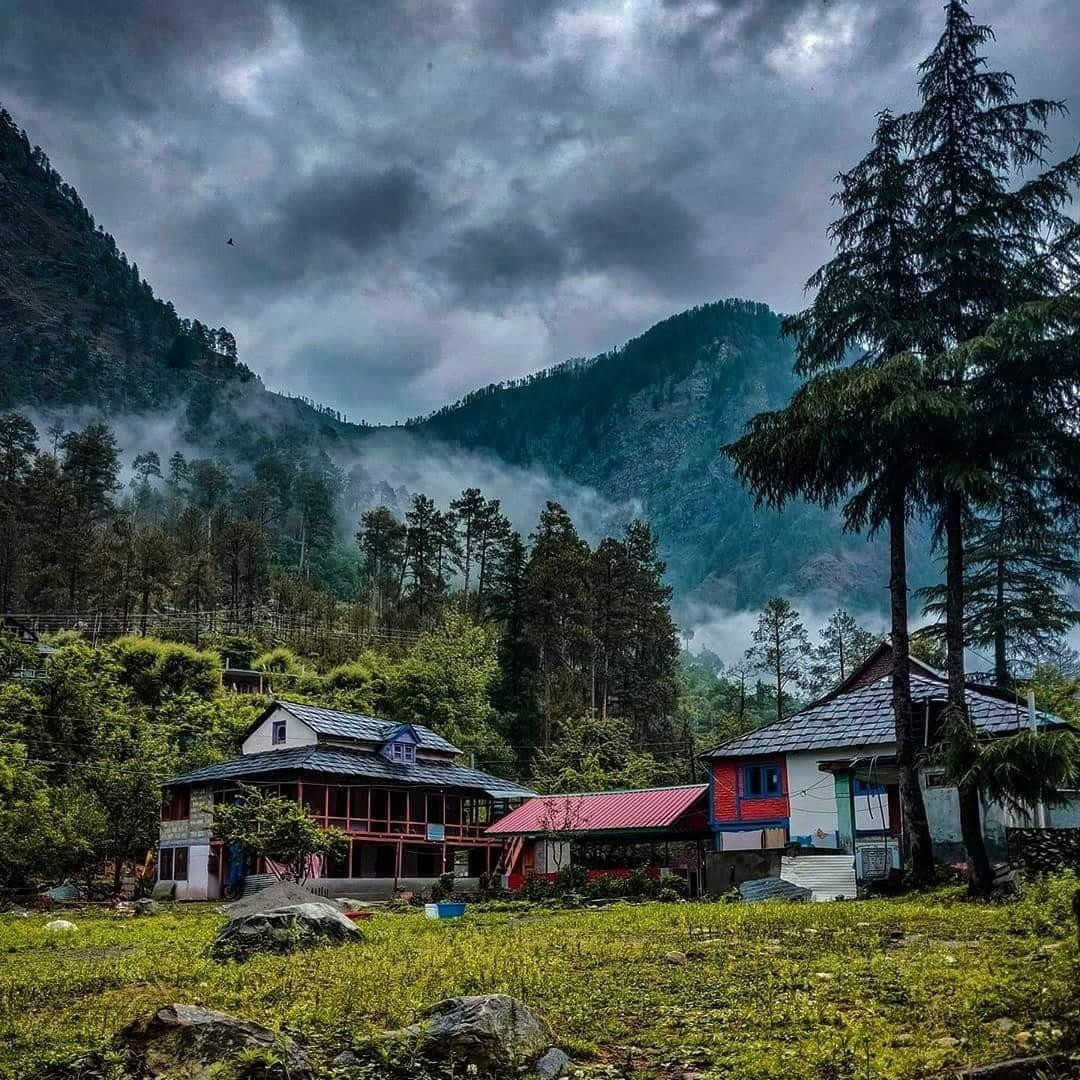
Chalal-Katagla Village Trail
Enjoy the beauty of Parvati valley on Chalal -Katagla trail walk which starts from the river side of our camps. A beautiful walk by the river, through Pine & Deodar forest, its most basic activity of 45 minutes walk through Katagla and Chalal villages ends up at Kasol market via crossing the bridge. While on trail, you may relax and choose a small picnic spot where you can prepare lunch over a wood fire, next to river Parvati.
